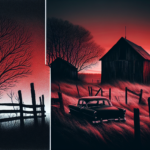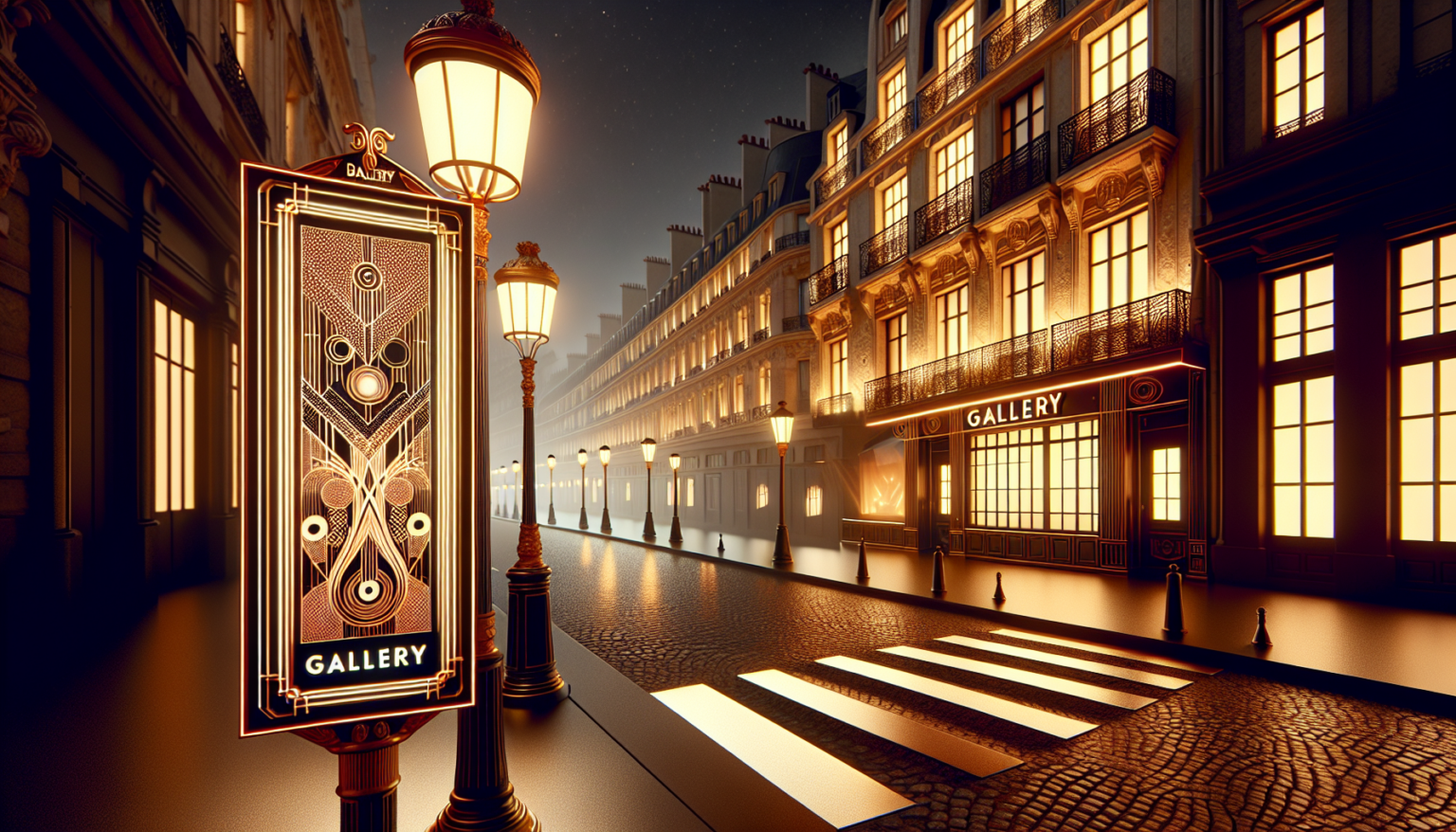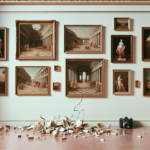The Centre Pompidou in Paris is hosting a groundbreaking exhibition titled “Paris Noir: Artistic Circulations and Anti-Colonial Resistance 1950–2000.” The exhibition sheds light on the vibrant community of Black artists who were active in Paris during the latter half of the 20th century. The exhibition features 150 largely underrecognized artists and showcases around 350 pieces, including sculpture, painting, film, photography, textiles, and archival materials. It is the first exhibition of its kind by a major museum in France to survey artists of African descent in the postwar era.
One of the striking pieces in the exhibition is “Délire et paix” by Georges Coran, a dense and colorful ink painting on cotton created in 1954. Coran’s daughter, Claude Coran, lent the work to the Pompidou, marking the first time her father’s art has received such prominence in France. The exhibition also includes sections dedicated to “Afro-Atlantic abstractions,” Surrealism, anti-colonial activism, and the translation of jazz into visual art.
Black artists in postwar Paris
It ties connections to intellectual figures such as Édouard Glissant, Suzanne and Aimé Césaire, and Sédar Senghor. The exhibition aims to dismantle the romanticized vision of Paris by examining the challenges facing Black artists from former colonies and overseas territories.
Martinique-based artist Valérie John, who studied in Paris in the ’80s, recalls the harsh reality of racism and the struggle to establish a career. Curator Alicia Knock describes the exhibition as a bold political statement, aiming to navigate complex cultural and political hurdles to provide visibility and recognition for Black artists. “Paris Noir” is a vital exhibition that not only expands the artistic canon but also provokes necessary discussions on race, art history, and colonial legacy within France.
The exhibition runs through June 30 at the Centre Pompidou.












